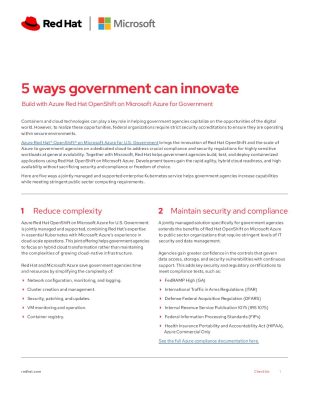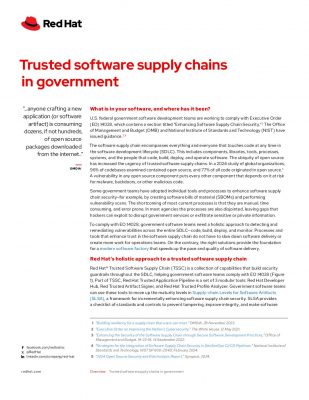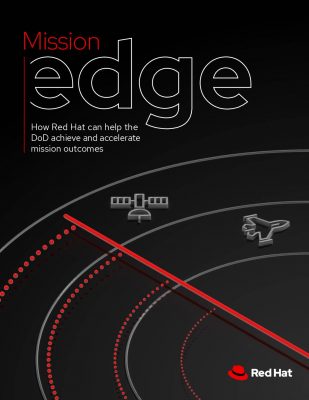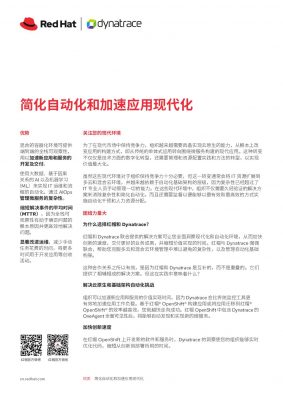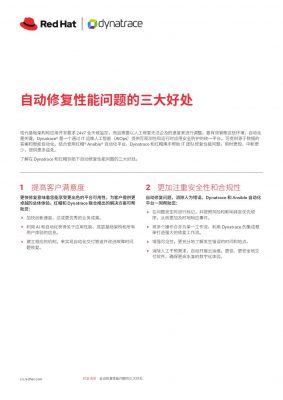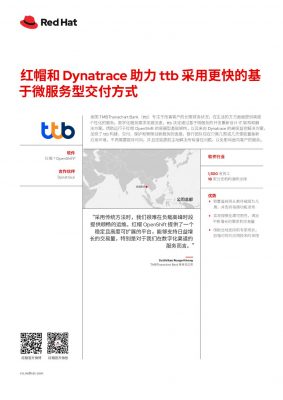Highlights:
- As per AWS, Express One Zone is suitable for constructing extensive AI models that demand the capability to access their training datasets millions of times per minute.
- AWS asserts that Express One Zone outperforms standard S3 storage in speed and is more cost-effective.
Recently, Amazon Web Services Inc. declared that Amazon S3 Express One Zone, a new S3 object storage service tier that is up to ten times faster than the standard edition, is now generally available.
Several specialized S3 versions are already available from AWS. The majority of them, like the Glacier storage tiers, sacrifice speed in exchange for reduced costs. They allow businesses to run applications more cost-effectively, particularly those that do not necessitate the full performance capabilities of a standard S3 storage bucket or data repository.
Conversely, Express One Zone is designed for demanding workloads requiring data retrieval at a rate faster than what a standard S3 environment can provide. Artificial intelligence training emerges as a prime use case for the novel storage tier. AWS suggests that Express One Zone is well-suited for constructing substantial AI models that need to access their training datasets millions of times per minute.
Numerous additional applications can be made of this offering. AWS anticipates that organizations may leverage Express One Zone for diverse tasks, such as fueling analytics initiatives and deploying personalized advertising.
Users of S3 keep their data in repositories known as buckets. AWS claims that a single Express One Zone bucket can process hundreds of thousands of data requests per second. Furthermore, it has a single-digit millisecond latency when fulfilling those requests.
In a blog post, Jeff Barr, Chief Evangelist at AWS, stated, “This new storage class can handle objects of any size, but is especially awesome for smaller objects. This is because for smaller objects the time to first byte is very close to the time for last byte. In all storage systems, larger objects take longer to stream because there is more data to download during the transfer, and therefore the storage latency has less impact on the total time to read the object.”
According to AWS, Express One Zone can be more affordable in addition to being faster than standard S3 storage. The cloud giant claims that businesses can save up to 50% on data requests thanks to this offering. Additionally, it can reduce related computing costs by up to 60%.
There are compute-related savings because on-demand AWS instances are billed according to usage. The longer the duration between the creation and shutdown of an instance, the higher the associated costs. The reverse is equally valid, presenting opportunities for cost reduction.
The speed at which Express One Zone can fulfill data requests makes it feasible for applications to process data more quickly than they otherwise could. The quicker an application finishes its designated data processing task, the earlier the instances hosting it can be terminated. Deprovisioning instances sooner reduces the associated compute costs.
Express One Zone is powered by a hardware and software stack that was specifically designed, according to AWS. Customers can set up storage buckets on hardware that is housed in the same Availability Zone as their apps. Maintaining records near the workloads that utilize them reduces the time it takes for data requests to traverse the network, leading to decreased latency.
At present, Express One Zone is accessible in AWS’ cloud regions located in Northern Virginia, Oregon, Stockholm, and Tokyo. Amazon.com Inc.’s division plans to expand the availability of this storage tier to additional locations in the future.



